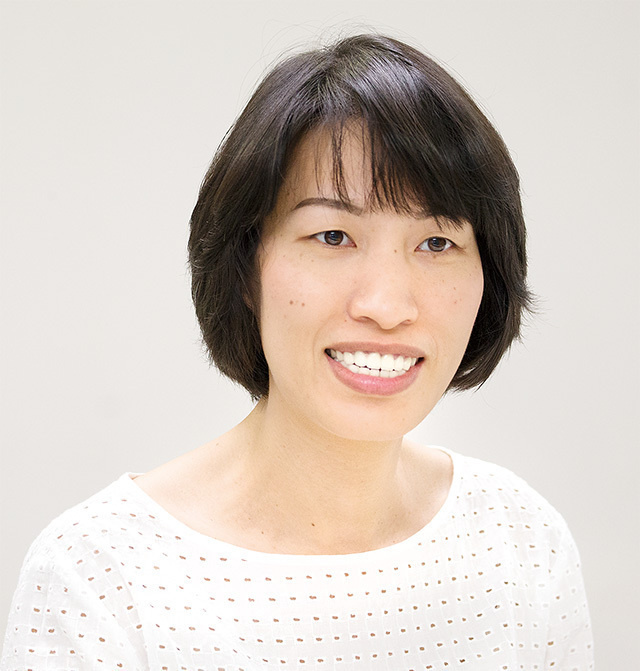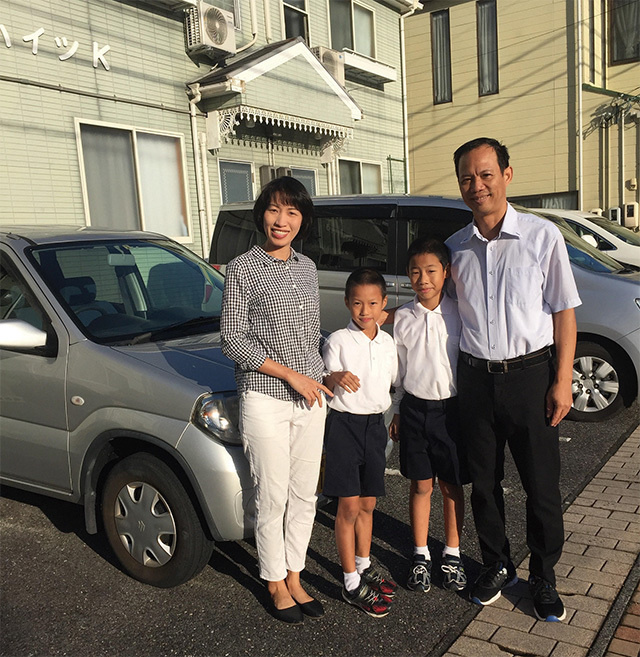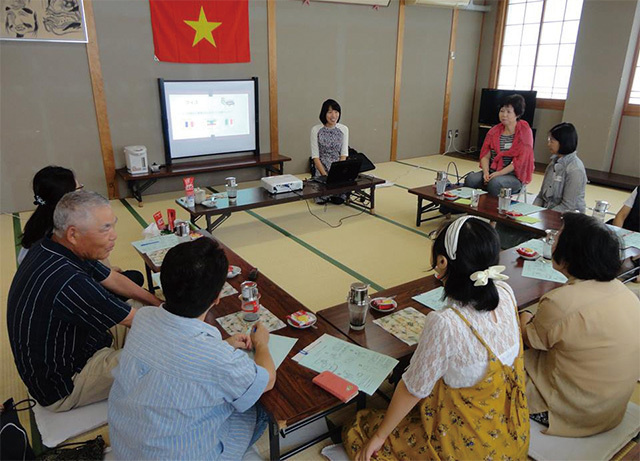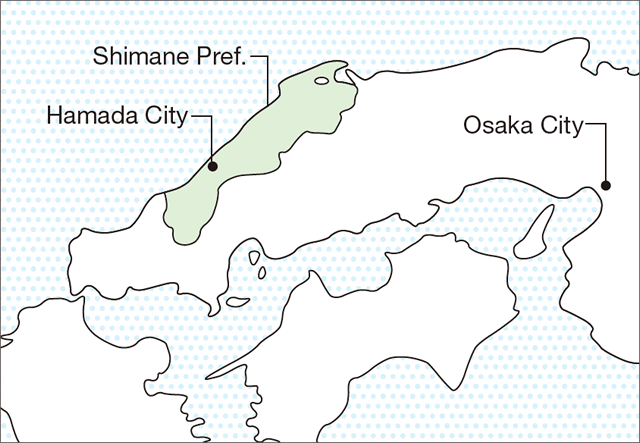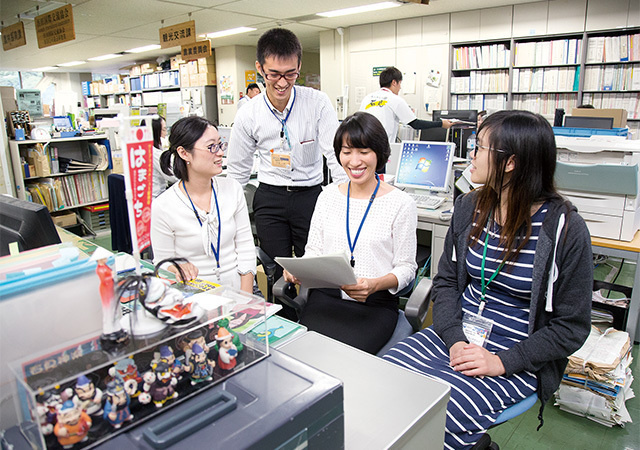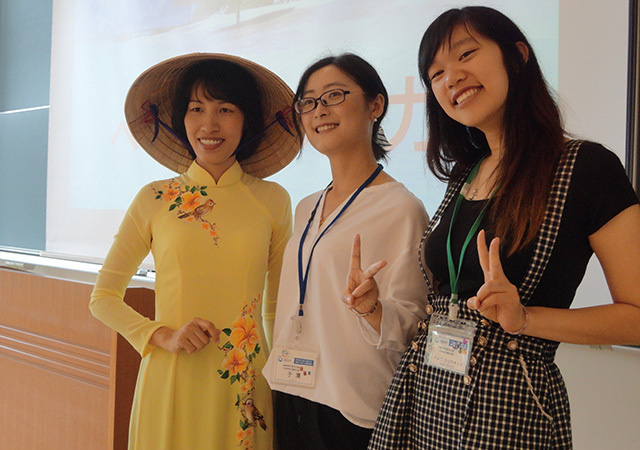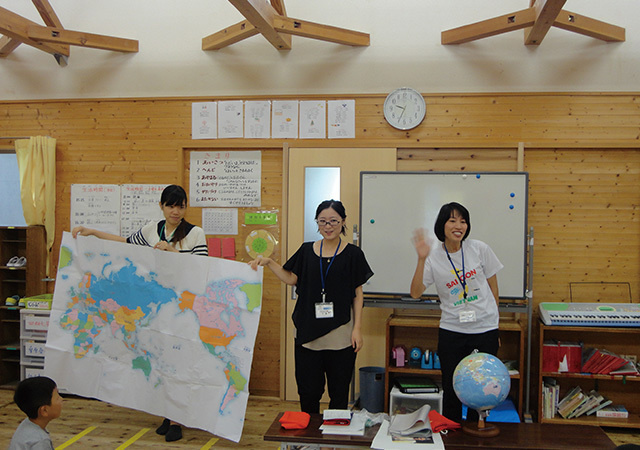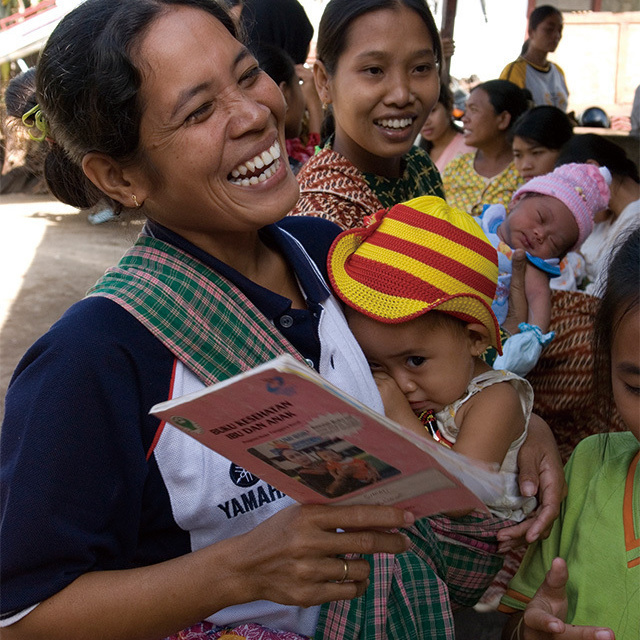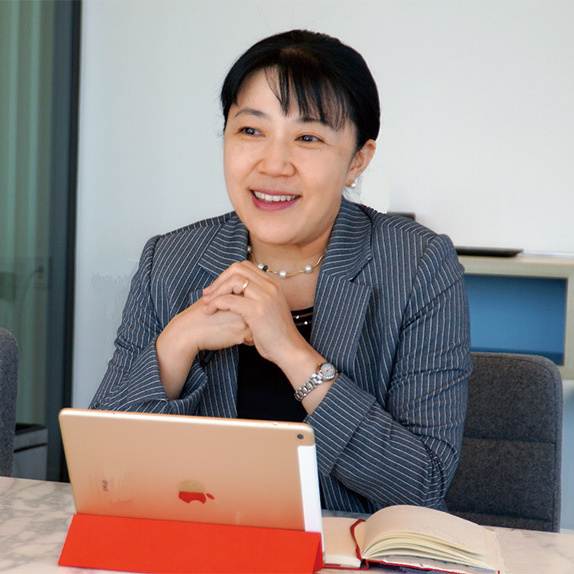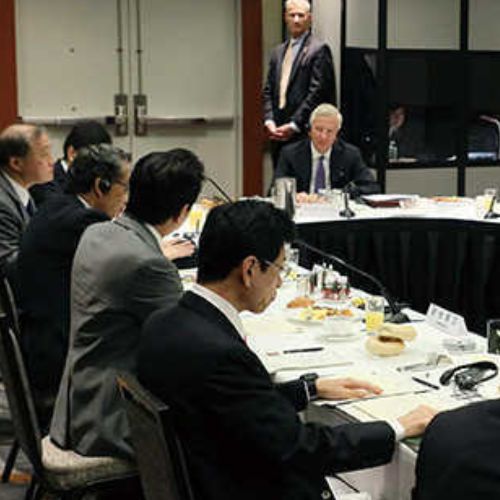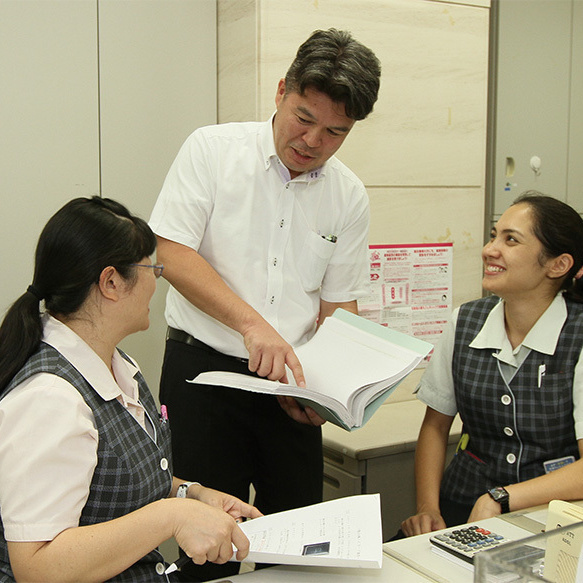Nguyen Thi Ngoc Nhung
Graduated from Ho Chi Minh City University of Social Sciences and Humanities. Lives in Japan with her husband and children. In her free time, Nhung participates in local festivals, visits local tourist spots, enjoys picking fresh fruit, and skis.
I am entering my third year as a Coordinator for International Relations (CIR) in Hamada City, Shimane Prefecture. As a child, I watched Japanese television dramas such as “Oshin" and “Stewardess Monogatari” and remember being very impressed by the diligence and perseverance of the Japanese people portrayed in these shows. I decided that I wanted to gain a better understanding of the country, so I took up Japanese studies at university. After graduating, I got a job at a Japanese company in Ho Chi Minh City where I did translation and interpreting work. I was there for 10 years, but began longing to be exposed to real Japanese culture. As soon as I heard about recruitments for CIRs in Japan, I applied for a position.
Hamada City is a coastal city with a population of 55,000 people and a thriving marine products processing industry. My job is to help Vietnamese trainees by interpreting at information sessions on life in Hamada and translating business-related documents. I am the first Hamada City CIR from Vietnam. Since I began running activities to help Vietnamese trainees transition to life in Hamada, assisting with the necessary registration procedures, for example, the city has become popular as a place to go where they can feel comfortable even without being able to understand the language. Trainees from Vietnam have grown in number over the last two years, from around 20 to 130.
Another important aspect of my job is to organize events about Vietnam for the people of Hamada. I introduce my country’s culture and way of life by organizing language and cooking lessons, and writing a column for Koho Hamada , the city’s monthly newsletter. My courses are attended by people of all walks of life, including homemakers, office workers and teachers, and many of them have said that they would like to visit Vietnam, despite finding the language difficult. In order to provide Vietnamese people in Hamada the opportunity to truly experience Japanese culture, I have also organized lessons on how to cook Japanese food and wear the yukata (the summer version of the kimono), and received good feedback on such events.
I love the word “goen” in Japanese, meaning “special ties,” and I really sense the kindness of the people of Hamada and feel a connection with them. Being invited to spend the New Year holiday with a Japanese friend and her family was a particularly memorable experience. I enjoyed being part of their family circle as they fostered in the year with hopes for a good one ahead while sharing a traditional celebratory meal. The New Year is also special in Vietnam, where we display flowers and decorations for good luck, enjoy traditional New Year food, and celebrate with our families. One day, I hope to organize an event for the people of Hamada so they can experience the New Year holiday in Vietnam. I really feel the support of the community because everyone is so kind: people whom I have met and gotten to know at international exchange events, for example, prepared lunch for my son for his elementary school sports day event, and when I had to move apartments, even offered their help.
A small gathering to experience Vietnam’s coffee culture. Nhung introduces Vietnamese culture to the people of Hamada through language and cooking classes. She also administers a Facebook page in Vietnamese that provides information about tourism in Hamada City.
There are three CIRs in Hamada City: one from China, one from the United States, and myself. We are currently planning an international exchange festival and hope to make it an entertaining event by introducing popular foods and presenting songs and dances from each of our countries. I love Hamada’s green mountains, blue sea, and the warm hearts of its people. I hope to remain in Japan once I finish my term as a CIR, and help deepen ties between Vietnam and Japan by introducing Japanese culture to Vietnam, and Vietnam’s charms to Japan. From here on, I hope to take on new challenges and continue to create and treasure special ties with everyone.


























